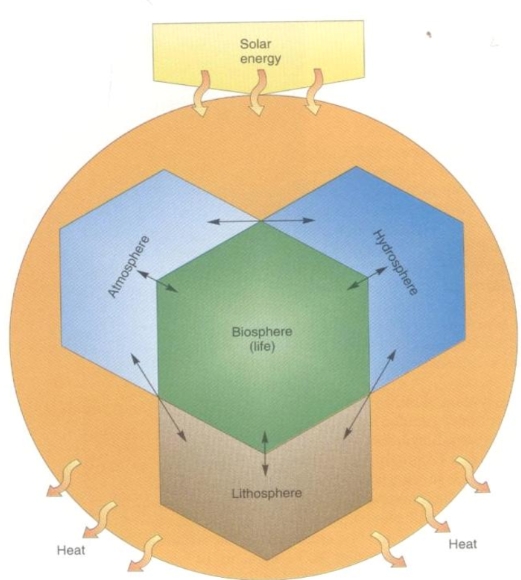Physical geography is the branch of geography that studies Earth’s surface and the processes that shape it. One of the key components of physical geography is the lithosphere, which includes the Earth’s crust and upper mantle. When we dive deep into the study of the lithosphere, we uncover the hidden forces that shape our planet’s surface.
The lithosphere is composed of several layers, including the rigid crust and the semi-plastic upper mantle. This layer of the Earth is constantly in motion, with tectonic plates shifting and colliding, causing earthquakes, volcanic eruptions, and the formation of mountain ranges.
Geomorphology is another important aspect of physical geography, focusing on the study of landforms and the processes that create them. From the erosion of river valleys to the deposition of sediments on coastal plains, geomorphologists study the forces that shape the Earth’s surface over time.
One of the key forces driving geomorphological processes is erosion, which is the gradual wearing away of rock and soil by natural forces such as wind, water, and ice. This process can create landforms like canyons, valleys, and plains, shaping the landscape in unique ways.
Another important force in geomorphology is weathering, which refers to the breakdown of rocks and minerals on the Earth’s surface. From the freezing and thawing of water in cracks to the chemical dissolution of minerals, weathering plays a crucial role in shaping the landforms we see today.
By studying the hidden forces of physical geography, we gain a deeper understanding of the Earth’s surface and how it has been shaped over millions of years. From the movement of tectonic plates to the erosion of river valleys, these forces shape the world around us in profound ways. So next time you find yourself admiring a mountain range or a coastal cliff, remember the hidden forces at work beneath the surface.

